Designing your own oracle deck can be a deeply rewarding experience at a creative and personal level; and you can professionally print and self-publish your deck, too, to add a new income stream and share your work with the world.
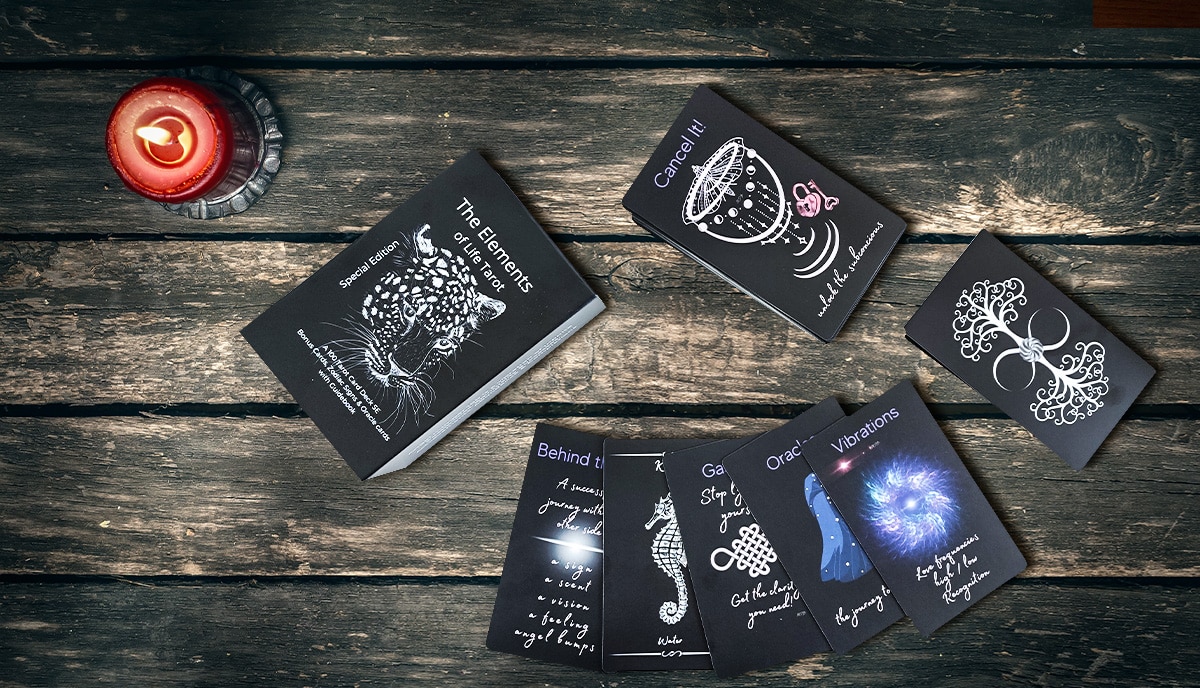
If you're thinking about how to design and self-publish your own oracle deck to sell, you've just landed in the right place! We've been helping independent creatives just like you to design, print, and sell their oracle decks for over a quarter of a century now and we'd love to share our knowledge and expertise to help you develop your oracle card project. Designing our own oracle deck can be a satisfying way to express your creativity and the insights you've gained into life's pathways, to guide and help others find their own way through the mysteries.
Oracle cards are big business now, too. While certain voices decry this development as “selling out”, we see it as “selling on”, in the sense that there's a clear and growing need for shared wisdom and counsel; and whoever puts in the goodwill, creativity, and energy to create those opportunities for others deserves a balancing of that output. Exchanging the cards for money—assuming you do so honestly and fairly—is simply a way to address that balance. So, with a bit of effort and some creative flair, we see no reason why you shouldn't design and self-publish your own oracle deck to sell. After all, the opportunities to do something creative, helpful, make a contribution, and be paid for it are rare enough. When they come along, it may be wise to accept them.
What are the oracle cards?
An oracle deck is similar in many ways to the perhaps better known tarot card deck. However, they're not the same. We'll explore the similarities and differences in more detail in just a moment. But in brief, an oracle deck comprises a set of cards adorned with symbolic artwork and/or text. Each card has a specific meaning or “energy” and can be interpreted by the reader—either someone reading for themselves or for another person—to provide insight, illumination, support, and guidance. Generally, this is still known by the old term “divination” but that may be misleading as it suggests “telling the future”. Whether you believe in the supernatural or not, the cards still “work” as tools of self-reflection, deep self-observation, and psycho-emotional insight. People can also enjoy them to appreciate the art, add a moment of beauty to an otherwise difficult day, to inspire and guide their journaling practice, for example, or simply to meditate and relax.
Oracle decks and themes
As a rule, oracle decks are designed around a theme. The theme may relate to a particular tradition or culture, such as Celtic, Nordic, Western, Eastern, or Mystic, for example. Or they might be designed around a genre like Arthurian, Greek Myths, Faerie, Folklore, and so on. Another popular option is to base them on an aspect of nature, such as a tree oracle or a flower oracle. Several relate to specific beliefs and religious practices like Wicca, Shamanism, and other pagan paths, or Hermetic and magical traditions. Others may be inspired by astrology, music, natural science, remedies, and anything else you can imagine! But they are always organized around a theme, whatever that theme may be, for a reason. And the reason is that they need to link together conceptually to create a web of meaning which can be construed in infinite but also comprehensible ways. Working within a thematic framework simply helps contain and focus the creative process and produces the best results, both artistically and practically.
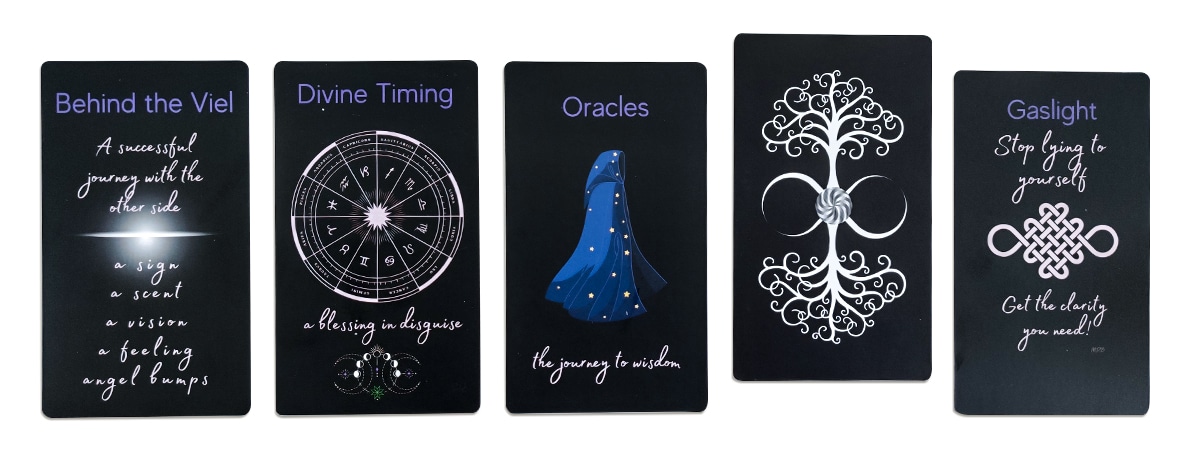
Why create your own oracle deck?
So, why create your own oracle deck? After all, zillions of them seem already to exist? Does the world need another one? And if it does, why should it be yours? These are good questions and deserve good answers. And we have them.
The core reason to create your deck are these:
- Several authorities claim that there're only a limited number of story plots—estimates vary between six and 13—but still people love reading books! In the same way that all stories can be boiled down to a few key elements, but each individual author brings the nuanced perspective of their individual experience and style to how they tell the story; so every human life is made of all the same elements—joy, suffering, hopes, fears, desires, fulfilment, and so on—but each person lives that experience in a unique way. Sharing your perspective, experience, and nuanced wisdom in an oracle deck (or any other form) is always valuable and there will always be people to whom your special manifestation resonates with particular power.
- Developing your own deck is also a deeply satisfying creative journey which can empower and enrich your own life; as every art-form has the potential to do.
- And let's not ignore that we all need to make a living or boost our income on the side. Making your own oracle deck and selling it can be a worthwhile and profitable way to help others, express your creativity, and promote your art while also generating income.
- For some, it's also an answer to a deeper call. They've used and experienced several oracles and come to understand that there's still something missing; something that they uniquely can bring. That's as good a reason as any, right?
And no matter what your reason or motivation—only you need to know, after all—if you feel inspired and you've got a great idea, then get on with it! Why not? How many potentially successful creative projects fall by the wayside because folks give up before they even start or because they hold back out of doubt or anxiety or getting overwhelmed by the scale of a project? As the famous mystical german poet, Goethe, wrote in one of his famous play,
Preparing to design your oracle cards
The first step is to generate and download a free card design template here: card design templates. Once you've chosen the card template and size, you can begin designing your oracle cards. You can use various tools and materials, such as paints, markers, and paper, to create your cards physically and then make high-resolution scans or photographs to upload into your template for completing your design. Popular software to use for these ranges from free online programs like Canva to subscription-based professional software packages such as the Adobe Creative Suite, particularly Illustrator and InDesign, and others like QuarkXPress and Affinity. We have detailed instructions on how to prepare print-ready PDFs using any of these options which you can find here: printing guides.
When designing your cards, you'll want to make sure that they cover two core bases: that they look great from an artistic point of view and that they are clear and easy to use from a functional perspective. Getting the balance right between these factors can be a challenge, but ideally, they will work together to create a holistic design and user-experience. In the process, you can also add your own personal touches, such as symbols, quotes, and logos, to make your cards unique.
The size of the cards is also important. The most common card size is 2.75" x 4.75". This size is easy to handle and makes the cards easy to shuffle. You can also choose to create smaller cards or larger cards depending on your preference. It's increasing popular to print circular oracle cards, too.
We can also include a booklet with instructions on how to use the cards, interpretations for different layouts, and the story behind how you created them, for example. Together with your cards, you'll need to design and print a box to package them in. Ask us for a free customized template if that would help, and we'll be happy to create one for you.
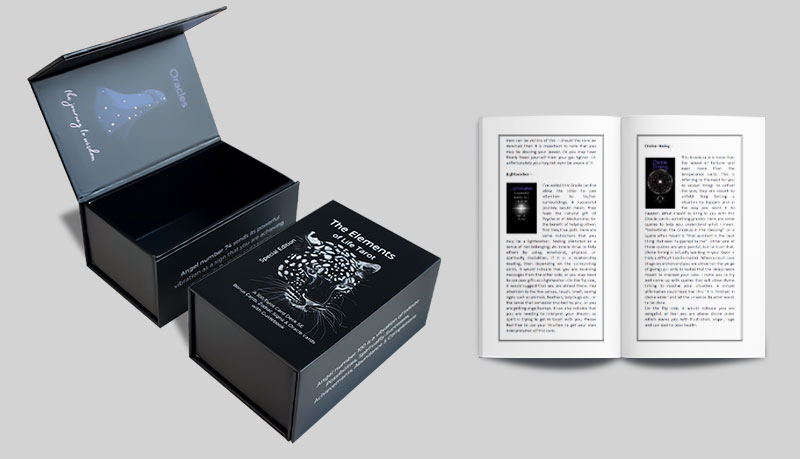
What's the difference between a tarot deck and oracle cards?
We mentioned this earlier, but you may be wondering exactly what is the difference between a traditional tarot card deck and oracle cards? Aren't tarot cards also oracle decks? Or is it the other way round? The main difference is that even the most innovative modern tarot deck is bound by certain fixed traditions. For example, to be a tarot deck:
- There must be exactly 78 cards
- The cards are divided into the Major and Minor Arcana
- All cards belong to one of four suits (cups / coins, shields, pentacles / wands or rods / swords)
- The Major Arcana must always be the same “people”: The Hermit, The Fool, The Magician, The Empress, etc.
- The Minor Arcana must always relate the energies of the suit to the number of the card (typically interpreted as a path on the Qabalistic Tree of Life)
- While the way a specific reader conducts a reading with the tarot cards, several traditional formulas exist and always include multiple cards in temporal configurations.
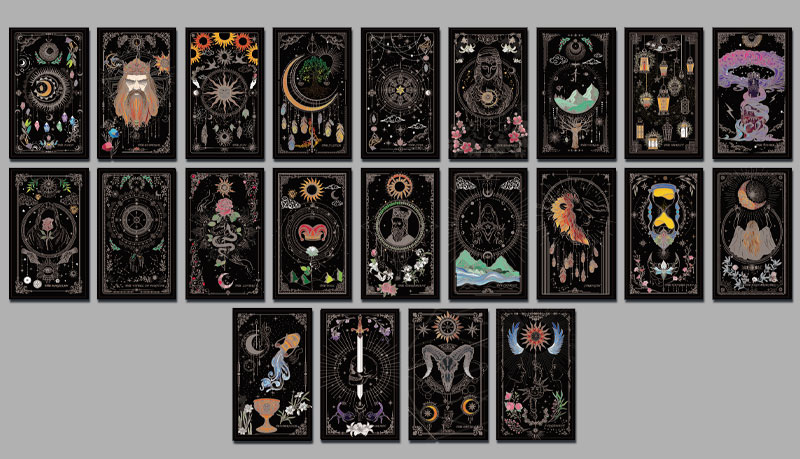
You can reinterpret the artwork and symbolism to make a new tarot deck, but if you meddle with these fundamental fixtures, it just isn't a tarot deck anymore! So, how do the oracle cards differ? Here's how:
- There's no fixed number of cards
- The cards can be subdivided into groups (for example, spirits, animals, magical objects, etc.) or not as you wish; and the nature, naming, and number of groupings are up to you
- Again, you can use or modify the concept of “suits” if you wish—for example, wood, fire, iron, stone—but you needn't if you don't want to
- You can choose any symbolic figures you prefer which you can draw from myths and legends, fantasy stories, or invent them entirely and they don't even need to be “people”; they could be animals, flowers, trees, or even purely abstract concepts
- Your oracle deck can be free from ties to the western hermetic tradition and reflect your personal perspective and belief system
- You can design your own spread for reading and interpretation or, as is often the case with oracle systems, have the reader just pick one card in answer to a specific question
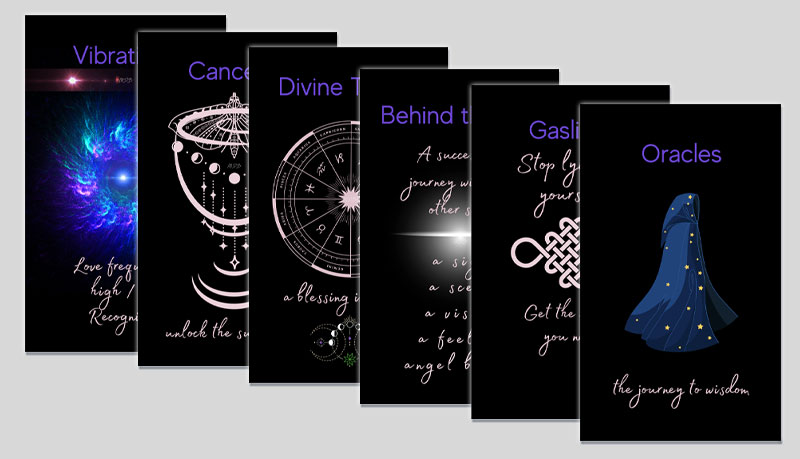
So, those are the differences between tarot card decks and oracle decks. Now you know! If you feel more drawn to the tarot after reading that, we've done another post which may interest you, here: How to Self-Publish Tarot Cards
But what if you feel drawn to the idea of designing, printing, and publishing your own oracle deck but you're not sure where to start with the theme, artistic style, and other fundamental factors? Well, it's perfectly normal to feel a bit blocked or stuck just before you embark on a project. It's often a sign that it's actually an important reality and so deserves deeper attention before diving into it. The message, frequently misinterpreted, isn't “don't do this”, it's “do this with care and attention and to the best of your ability”. So, to help you explore if this is really the right thing for you, here's some advice to get you started.
Where to get oracle card ideas and themes
While many people come to creating an oracle deck from a purely artistic point of view—and we think that's totally valid—most get here by way of their spiritual path. And the idea of a path is a key to how to find ideas and sources of inspiration for your deck. While these days roads and highways may be designed by town planners and then built practically overnight by developers and construction workers, in ancient times and still in rural places the world over, paths arise organically by people starting out and following the way cleared by those who went before. If a path is a good one—it's not too difficult to follow, it's safe enough, and it gets you where you need to go—then it's likely more people will follow it and it will become a “traditional way”. So, when you go looking for inspiration for your cards, we recommend you start by examining the footprints that those who have traveled this path before you have left behind. And that means the oracle cards that are already out there.
Choose a selection of card decks that particularly speak to you; say, half a dozen. Examine them, handle them, use them, and meditate on them. Think about the artwork, the colors, the composition and how it makes you feel, the thoughts and ideas that arise while you engage with each card. Give time to explore the thematic background that the creator has chosen—perhaps a mythological tradition, a specific culture, or other themes—and ask yourself how the theme, the art, and the meanings interrelate and work together. Sleep with the cards under your pillow and make notes about any dreams or images that come to you while sleep or just on waking up.
Then, put those cards away and start opening yourself to the theme for your own cards. Ask yourself questions like:
- Is there a particular myth, legend, culture, or tradition to which you are particularly drawn and especially inspire you?
- What's your favorite art style or who is your favorite illustrator?
- What are the most important teachings and wisdom you've discovered that you want to share with others?
- Who is your oracle deck aimed at? How will they use it, and what will they want from it?
- In what ways might your deck resonate and be similar to other decks, and in what ways might it be something new?
Once you've answered these broad questions, you can get down to the details, such as:
- How many cards will your deck have and why that number?
- What kind of imagery will you use and why?
- How will the cards “relate” to each other to create a language or system by which they can be combined in various ways to render new meanings?
- What individual meaning will ascribe to each card?
- Will you design the cards yourself or get a professional artist to design them for you?
This should be enough to get you started on the path to a clear idea of what you want your oracle deck to be like, why, and how to achieve it. Don't forget to include the guide—which could be a single sheet or a multi-page booklet, or even a fully fledged book, which goes with the deck—and the box in your designs. Once your designs are complete and digitized for printing—if you're not sure about this technical aspect, really don't worry, we're here to help you; just shoot us an email or call us and we'll be ready to give you our best advice and full technical and design support if you choose to print your oracle deck with us—then you'll need to think about how to distribute and sell them to get them into the hands of those who need them and will get the most benefit from using them.
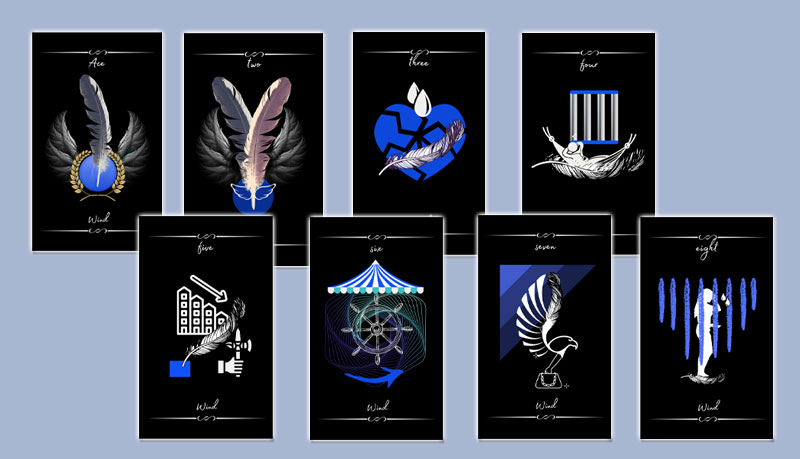
How to prepare your oracle cards to sell
With this kind of project, most of our clients choose to self-publish their oracle decks. So that means getting the design and printing completed and then managing the marketing, sales, and promotion yourself. Several of our successful customers have chosen to set up a crowdfunding campaign in advance to finalize all the details of their oracle card projects. They've used sites like Kickstarter, Indiegogo, and others to raise awareness of the project, build a community of interested backers, meet their funding goals (for artwork, design, pre-press, printing and distribution) and to guarantee the first sales and success of the project overall. It's time-consuming and if you've never run a crowdfunding campaign before, it can be a bit of a learning curve. Still, if you're up for it, running a crowdfunding campaign alongside your other promotional efforts can be a great way to pay for your project and guarantee profits right off the bat.
Aside from crowdfunding and community-building, you can also leverage your platform and sell decks on your own website, or you can choose to add a booklet and ISBN to your package, which means you can sell the cards through online and high-street stores. You can also have a lot of success selling your decks at fairs, conventions, meets, and other events or via online stores such as Amazon, eBay, and Etsy. You'll need to make sure that your pricing is competitive. So, check out other oracle card sellers and create a price point which is within that range.
Tips for promoting your oracle deck
Once your oracle deck is available for sale, you'll need to promote it and make sure that it reaches the right people. You can use various marketing strategies, such as social media marketing, email marketing, and content marketing, to promote your deck. We could write books about each of those, but the information and training to learn these things is all there; no one's hiding it away! So, with a little research, you should soon find yourself on the right track. You'll also want to create a great customer experience for your customers. This might include, for example, providing excellent customer service, offering discounts on bulk orders, and providing helpful resources. Why not offer Skype consultations on how to use the decks, maybe complete with a free reading, for example? You can use customer feedback from all these channels to make improvements to your deck and guarantee that your customers are satisfied with your products.
Talk to us!
Here at QinPrinting, we have almost 30 years success in supporting self-publishers and other independent creatives to produce fine quality art reproduction, books, cards, and games along with a wide range of first-class and affordable promotional materials. It's never too soon to talk to us about your ideas for your custom oracle deck. We're an enthusiastic and friendly team with a real sympathy for independent creatives and a core commitment to “keeping it real” with a customer-focused service which is sensitive and tailored to the needs of each individual. Get in touch today for an informal chat or to ask us for a no-obligation quote on helping you print your perfect custom oracle card deck.
Talk to us! Just give us a call on +86 21 6538 1716 (bearing in mind potential time zone differences) or shoot us an email to [email protected] and we'll be delighted to help you. Let's connect and make this happen!





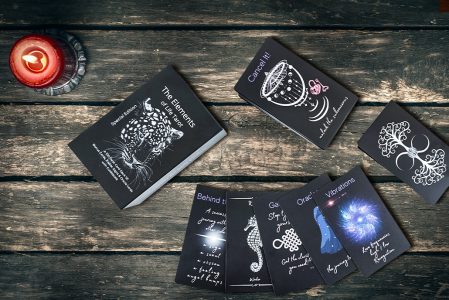
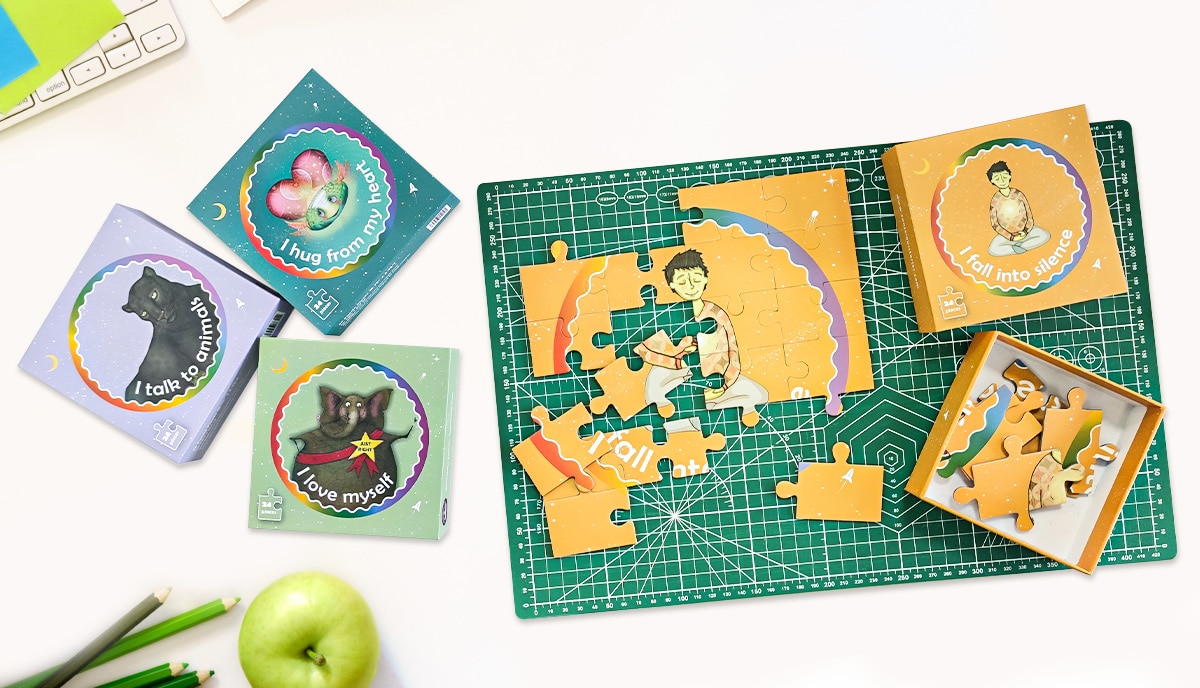
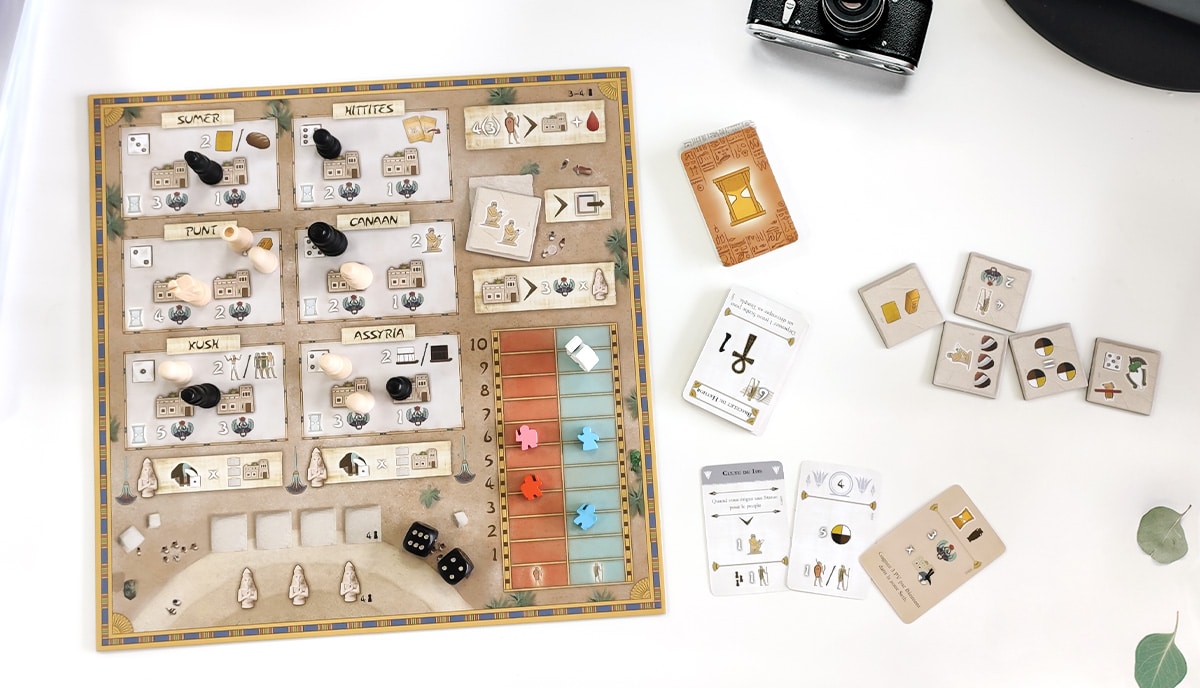
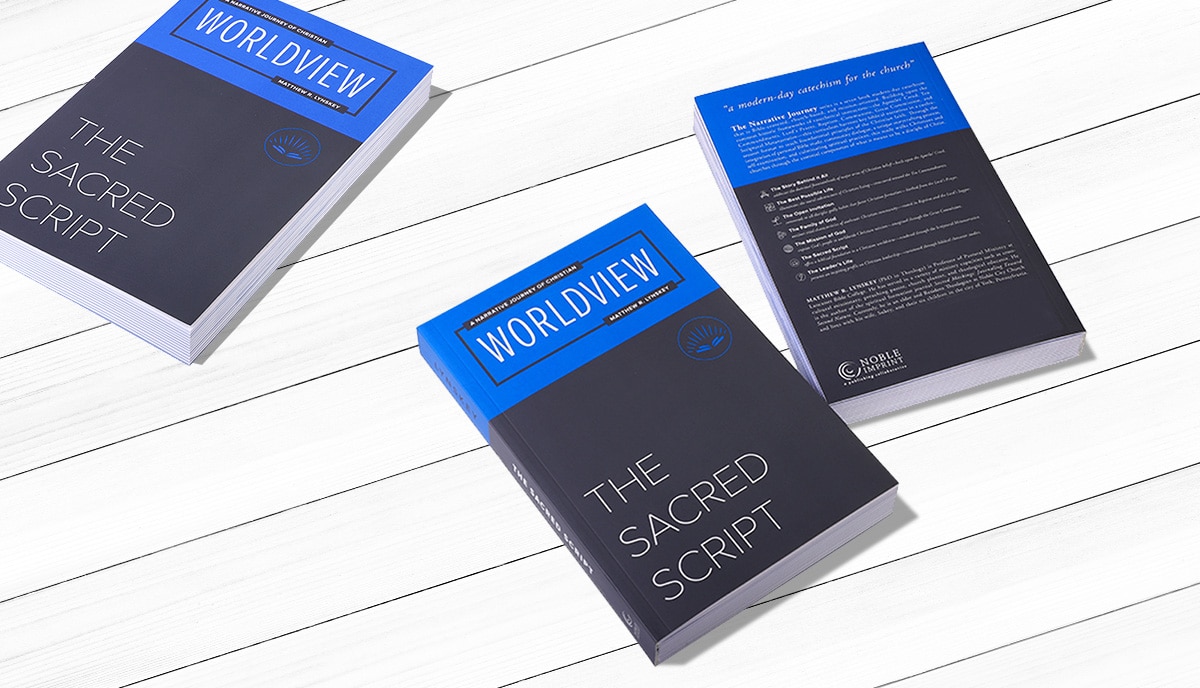
Like Sarah Jordan i am interested in producing myown oracle deck and don't know where to start
Hi Marta, it's great that you're keen to start producing your own oracle deck and we understand that there's a lot of new stuff to learn. You'll find lots of useful practical information here: https://www.qinprinting.com/tarot-card-printing/ To get started designing without spending any money, we recommend that you familiarize yourself with https://www.canva.com/. It's a great free design tool with lots of support and it's fairly intuitive just to get started. Still, to offer you the most help and support possible, we've asked one of our team to email you, so watch your inbox (and check your spam/junk folders just in case!) We look forward to working with you and helping you to create a beautiful custom oracle deck. 🙂
I have designed my own deck I'm wanting to kno what the next steps are if you may help I'd love that thank you very much
Hi Jamie, you'll find a ton of helpful practical stuff here: https://www.qinprinting.com/tarot-card-printing/ If you've completed your design and you're ready to move on to printing, please just email us at [email protected] and one of our experts will get back to you to support you going forward. We look forward to working with you!
I have a deck I am interested in publishing I just need to know where to start
Hi Sarah, you'll find a ton of helpful practical stuff here: https://www.qinprinting.com/tarot-card-printing/ If you've completed your card designs already and you're ready to move on to printing your deck, please just email us at [email protected] and one of our experts will get back to you to support you going forward. We look forward to working with you!
I want to design my own oracle cards , Can you help?
Hi Milly,
Of course! We'd be happy to help you.
If you have any questions, don't hesitate to reach out to us at [email protected].